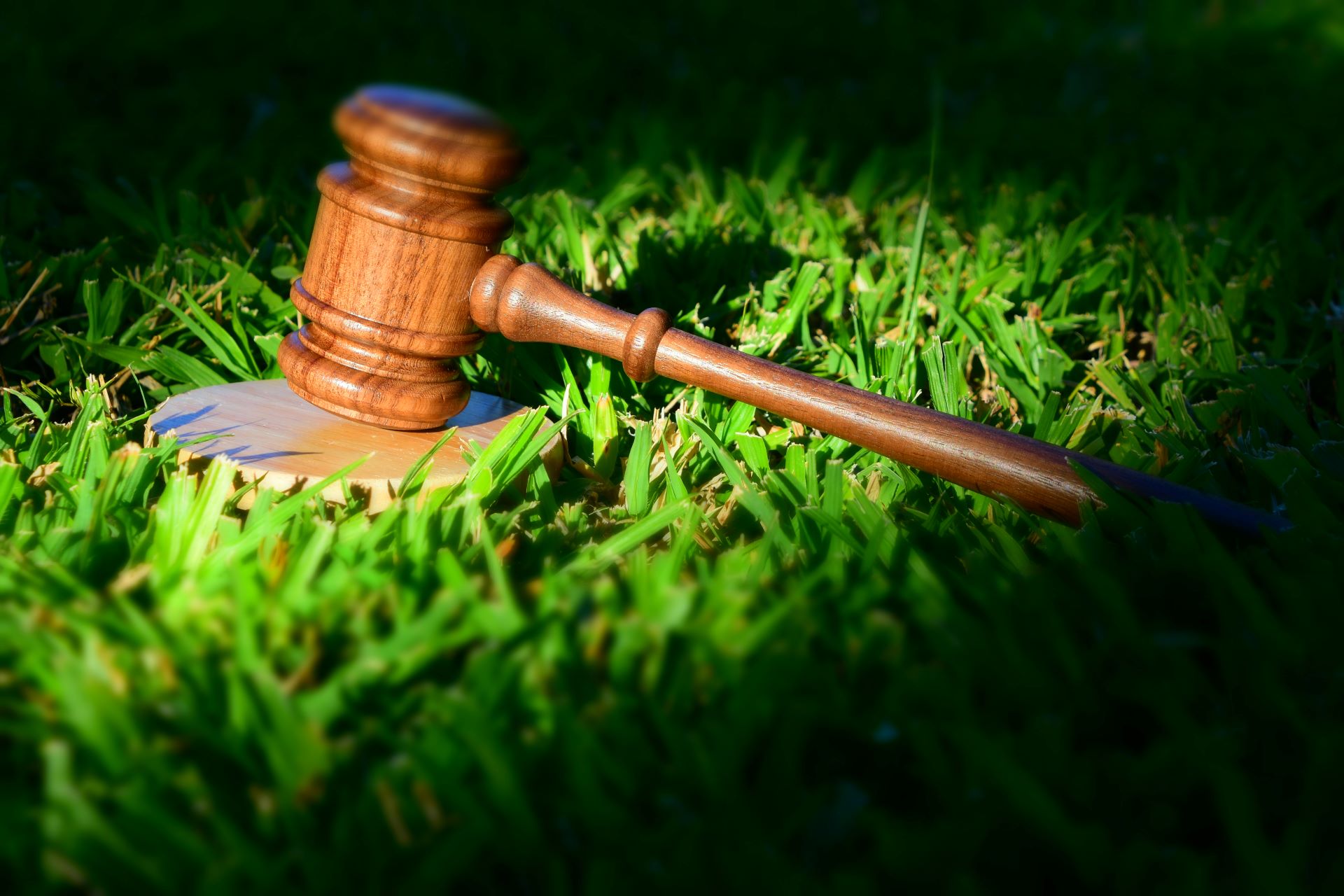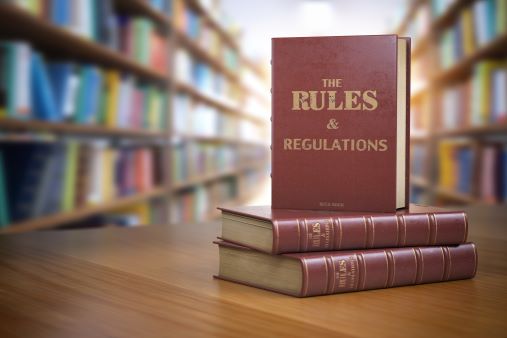On October 3, 2018, the Indiana Court of Appeals answered some important questions about Indiana’s Environmental Legal Action (ELA) statute, Ind. Code § 13-30-9-1 et seq. The 18-page appellate decision in Elkhart Foundry & Machine Co., et al. v. City of Elkhart, et al. affirmed the trial court in every respect. The court found that:
- Indiana Code § 34-11-2-11.5 is a statute of limitation that gives a person ten years from the incurrence of cleanup costs to bring an ELA claim.
- However, the ten-year limitation period does not start running, once and for all, when the plaintiff incurs its “first” cleanup cost. Rather, a new ten-year period starts to run with the incurrence of each additional cleanup cost. This means that if a person wants to recover a particular cleanup cost, they must bring an ELA claim within ten years of incurring that particular cleanup cost.
The Court of Appeals has provided much needed clarification on issues that have plagued the ELA statute since its enactment in 1998, which we previewed in a previous blog post on this subject. Get the background: Will a longstanding environmental mystery finally be solved? Sean Griggs and Jennifer Baker Another ELA mystery awaiting judicial resolution is whether the 2011 ELA Amendment can revive an ELA claim that had already expired under the previous discovery-triggered statute of limitations. (This issue was not before the court in the Elkhart Foundry case.) Before the ELA Amendment, Indiana courts generally applied the six year statute of limitations applicable to claims for damage to real property, as we saw in Schuchman/Samberg Investment, Inc. v. Hoosier Penn Oil. Co. Inc and Peniel Group, Inc. v. Bannon. The Indiana Supreme Court also approved the concept of “tacking,” whereby any guilty knowledge about contamination is imputed to a successor-in-title, in Cooper Indus., LLC v. City of South Bend. These earlier decisions raise additional questions like: (1) If a person had a viable ELA claim in 2002 but failed to bring a claim within six years, does that person get another chance to bring an ELA claim under the 2011 ELA Amendment?
(2) If Company A knew of the contamination on the property but failed to take action, can Company B purchase the property, remediate the impacted areas, and bring an ELA claim to recover its cleanup costs? Or, is Company A’s knowledge imputed to Company B so as to bar Company B’s ELA claim? While Elkhart Foundry provided some much-needed resolution regarding the timing for recovering cleanup costs under the ELA, questions still remain for future adjudication.














